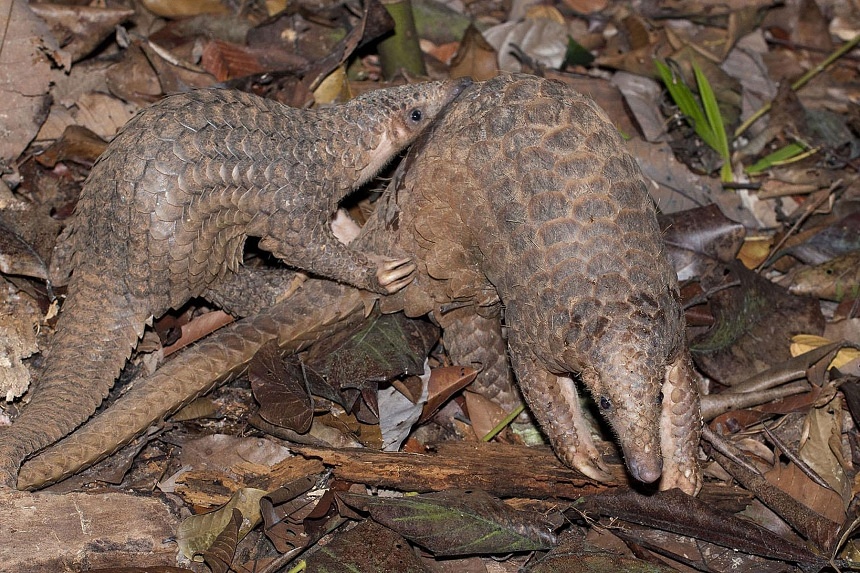SINGAPORE – They are one of Singapore’s rarest animals, favouring forested areas and moving around only under the cloak of night.
But Sunda pangolins have been spotted in unusual places in recent years, including a busy university campus and even the streets of Katong.
Now, a first-of-its-kind study has shown that these incidents do not just make up the occasional sighting. There has indeed been an upward trend of this critically endangered mammal venturing out of the Republic’s forests over the years – and winding up in need of rescue or as roadkill.
Between 1996 and 2021, 316 dead or injured pangolins were recorded islandwide, almost double the 166 healthy ones sighted, found the new study initiated by the Nature Society Singapore (NSS).
The NSS is part of the Singapore Pangolin Working Group, which aims to further pangolin research and conservation. Its member organisations include the National University of Singapore’s Lee Kong Chian Natural History Museum, wildlife rescue group Animal Concerns Research and Education Society (Acres), Mandai Wildlife Group and the National Parks Board (NParks).
This study, which maps out where the animals have been sighted, rescued or found dead over the 25-year-period, identified pangolin “hot spots”, which could pave the way for better protection of these threatened creatures.
It was published in the scientific journal, Oryx – The International Journal of Conservation, on Sept 16.
A total of 482 records were analysed from the records of the working group’s organisations, such as Mandai Wildlife Group and Acres, as well as from news reports and social media between 1996 and 2021.
This is the first time that such a database has been built for the Sunda pangolin in Singapore, with the researchers hoping that this can be replicated for other species here.
The database, which includes the Global Positioning System coordinates of each pangolin sighting, is not made publicly available to protect the animals. Most of the records came from 2011.
Mammal researcher Marcus Chua from the Lee Kong Chian Natural History Museum told The Straits Times that the increased sightings could reflect a rise in the numbers of this scaly mammal, although more studies will be needed to definitively confirm this. There have not been any studies done to conclusively determine the current pangolin population in Singapore.

